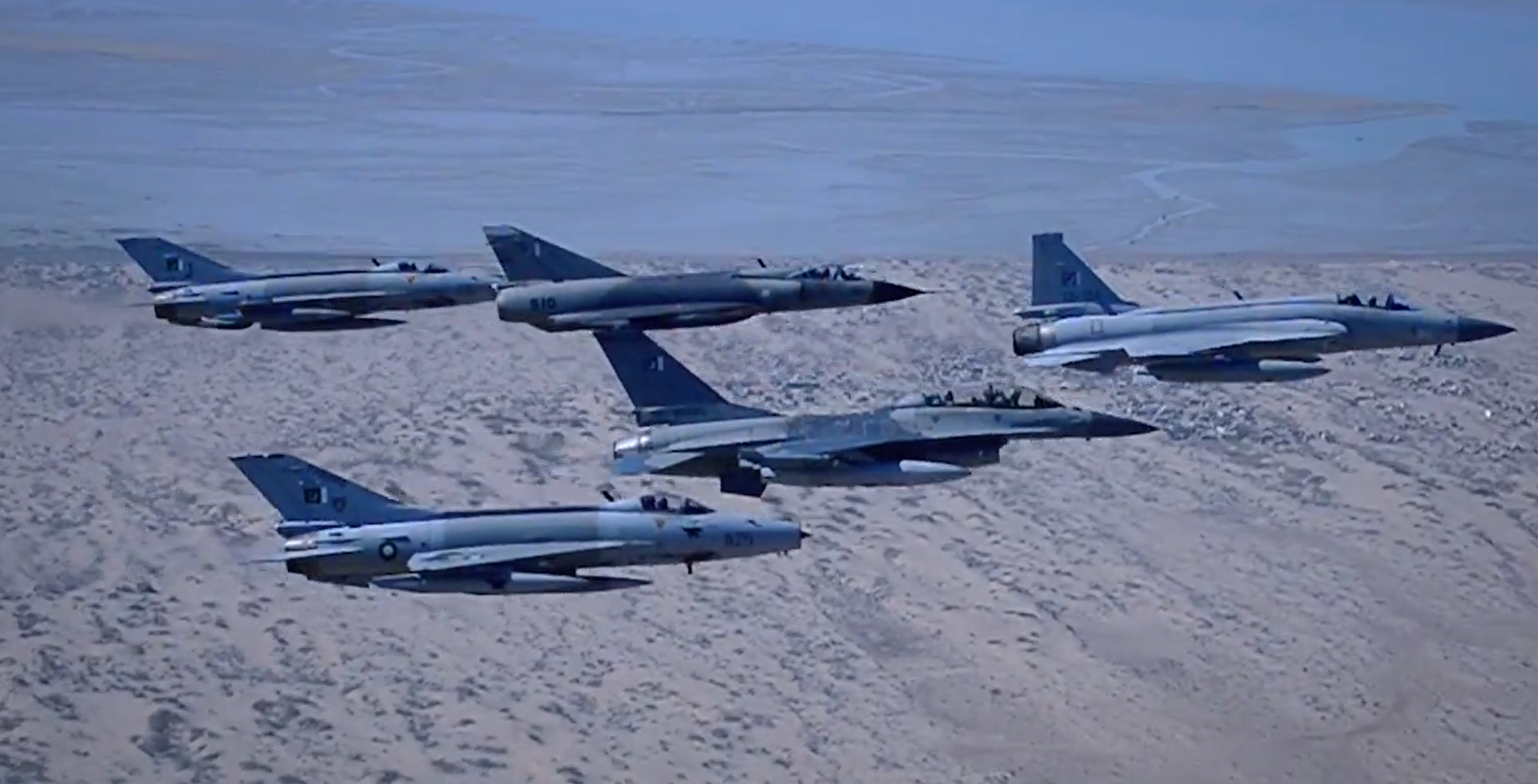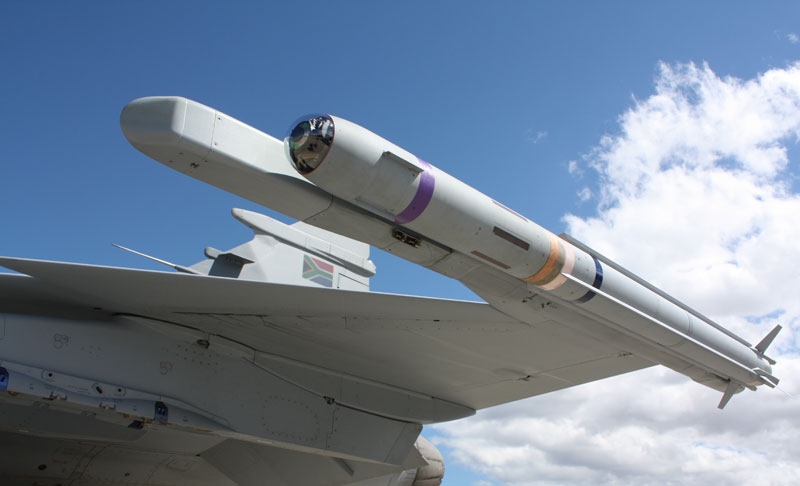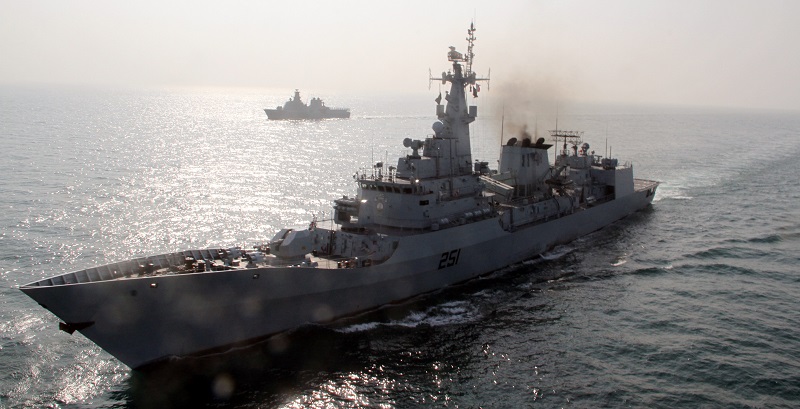2599Views 6Comments

Pakistan’s Airpower Centre of Excellence (ACE)
In February, the Pakistan Air Force (PAF) laid the foundations for a new air warfare training facility, the Airpower Centre of Excellence (ACE). According to the PAF Directorate of Media Affairs, PAF ACE would be among a handful of training institutes of its kind, especially in the region. At the time, the PAF stated that ACE would strengthen the PAF’s capacity to address “complex … future challenges”, especially in the realm of counterinsurgency operations.
In a recent interview, the PAF Chief of Air Staff (CAS), Air Chief Marshal (ACM) Sohail Aman, offered a few additional details on ACE. In short, ACE is basically an institute devoted to building a country’s capacity to undertake air warfare operations in the context of counterinsurgency (COIN). Specifically, ACE aims to build the capacity of air forces to effectively utilize their intelligence, surveillance and reconnaissance (ISR) and precision-strike assets in an effective manner.
The impetus for ACE emerged with the desire on the part of the PAF to retain, impart and continue developing the competency it had developed from its experience in COIN, especially since 2014 (with the start of Zarb-e-Azb). We have a thorough introductory overview of the PAF’s COIN development on Quwa (see here), but the basic point at hand is that the PAF’s capacity certainly took a number of years to develop and manifest into a formidable factor.
Prior to 2009, the PAF’s participation was basically limited to occasional airstrikes upon the request of the Pakistan Army, but its role was ancillary – it was not a central or determining factor. By Zarb-e-Azb in 2014, the PAF had become an essential component to Pakistan’s COIN efforts, especially in terms of generating situational awareness from the air and in obstructing the natural strengths afforded to the insurgents in FATA (e.g. using precision-guided bombs to dismantle underground tunnels).
From 2009 to 2014, the PAF had steadily inducted a range of COIN-valuable equipment, such as precision-strike capable fighters (in the form of new and upgraded F-16s) and ISR assets such as the FLIR-equipped C-130s, DB-110 reconnaissance pod, and Erieye and ZDK03 airborne early warning and control aircraft.
In addition to acquiring the appropriate assets, it was also a matter of smoothly utilizing those assets to identify and engage the right targets, especially in synergy with other allied actors, such as the army. Not only do such things take time to develop and internalize within one’s personnel, but they would also have to be maintained, especially as new and younger personnel take up the operational duties of their predecessors. ACE is being established to guarantee that those valuable experiences and skills are passed on to the next-generation, and as importantly, improved.
While ACE may seem insignificant to some, it actually has a fairly complex mandate. For example, if one were to look at precision airstrikes alone, there are a few areas to look at. First, training flight personnel (e.g. pilot and potentially even weapon systems officer) to apply best practices when using an expensive fighter asset (especially one equipped with a targeting pod) in intensive strike operations. Second, having mission planners from within both the PAF and Army to ensure the efficient use of those fighters, and that too with issues such as collateral damage in mind. Third, utilizing ISR in a manner that guarantees that the situational awareness of the flight crew is maintained, especially in the context of time-sensitive targeting.
To the PAF’s advantage, it has real-world experience at its disposal, which could make ACE a particularly valuable prospect. The institution could also essentially emerge as a think-tank whereby new concepts and systems are assessed by those with real operational experience. For example, one might try pushing the idea of inducting a turboprop powered COIN platform in the form of the A-29 Super Tucano or IOMAX Archangel. ACE – assuming it has the necessary testing facilities – could put such platforms to the test, and then offer a recommendation in favour or against such a platform.
The Pakistan Army may also tap into ACE, which could be relevant considering its own use of dedicated attack helicopters and ISR assets. On the other hand, Army personnel would certainly need to be able to effectively communicate with their counterparts in the PAF, but there are Army-specific air warfare issues as well. For example, inserting and extracting special operation forces (SOF), utilizing armed drones, and close air support (CAS) missions. It would be interesting to see if ACE tries to be holistic by incorporating the Army’s considerations in tandem with that of the PAF.
Besides supporting the PAF, ACE is also being positioned as a means to help the PAF build and maintain its ties with friendly air forces. Training and education in the area of COIN would be the principal function of ACE, but it is likely that the capacity building will work both ways. For example, the PAF could draw upon the lessons learned by the United Arab Emirates and Saudi Arabia in Yemen, and Turkey along its Kurdish frontiers. The central aim at hand is to strengthen ties between the PAF and other air forces.



6 Comments
by Hashim Rasheed
Why cant the K-8 be used in COIN operations? It has the capacity to be used in ground attack and close air support roles, and would be much cheaper than using the F-16. Instead of looking at the Tucano or Archangel, the K-8 should be modified for this purpose as this is an ever-increasing need that is developing in the current conflict scenarios.
by Bilal Khan - Quwa
Besides the lighter payload, there is little reason why the K-8 can’t be re-purposed into a COIN platform. In one of my articles I suggested as much: equip it with a laser-targeting system, and then arm it with guided rockets and missiles. Heck, wouldn’t be a bad idea to try and develop a light EO/IR pod; don’t worry about range, it is a short-range attack platform anyways.
by Hashim Rasheed
Totally agree with you. Even without the laser-targeting system, it can still be used to drop unguided bombs once the positions of the enemy have been identified. This can be experimented with in difficult terrain such as mountains along the Afghan border where there is no chance of civilian casualties.
by Mohsin E.
It should’ve been the Army that set this center up from it’s own budget, learning to invest in and use it’s own assets (e.g. gunships and drones) better. You don’t need AWACS and Vipers to deal with cave dwelling insurgents. Such assets have much more important tasks to train for i.e. an actual war with a proper opponent!
by Bilal Khan - Quwa
Exactly. Even for strikes against fixed installations, there’s no way the insurgents would have anything near the value of your opposing state. The once in a blue moon Mk-84 is one thing, but most air strikes would necessitate lighter Mk-81 and Mk-82. And against moving targets, it’d be laser-guided AGMs and rockets. There’s no need for either F-16 or JF-17. An armed K-8 can handle the job (alongside attack helicopters); if need be, the Army could even lease a few AT-802 or Archangels from Jordan.
by Sidster
National Defense University works as an Army think tank who can research and experiment for Army.